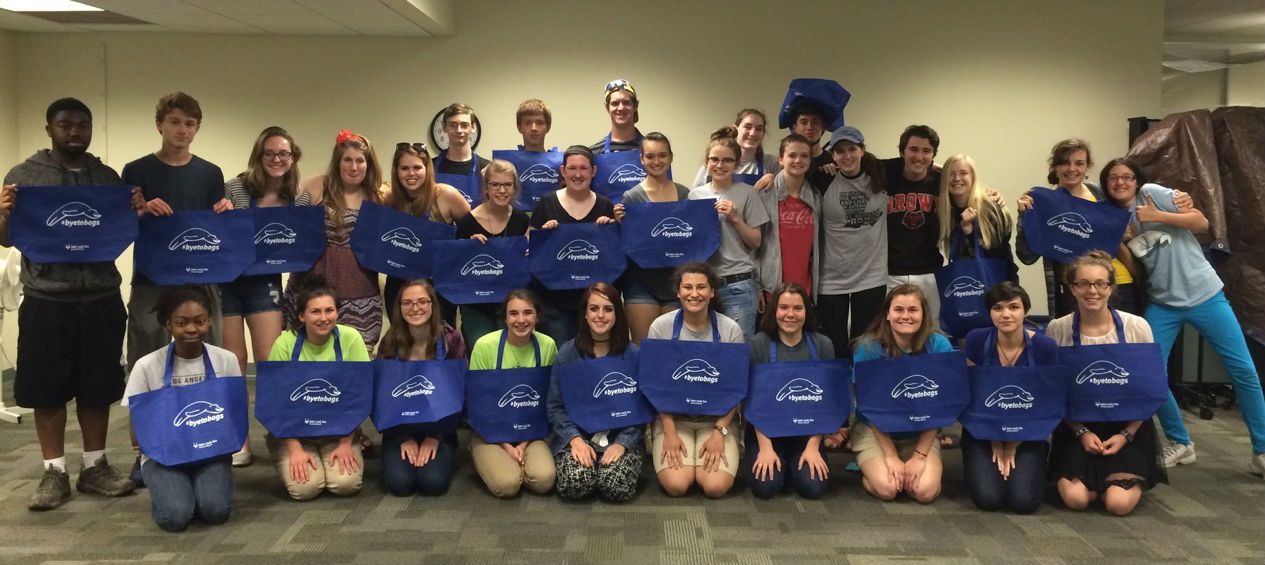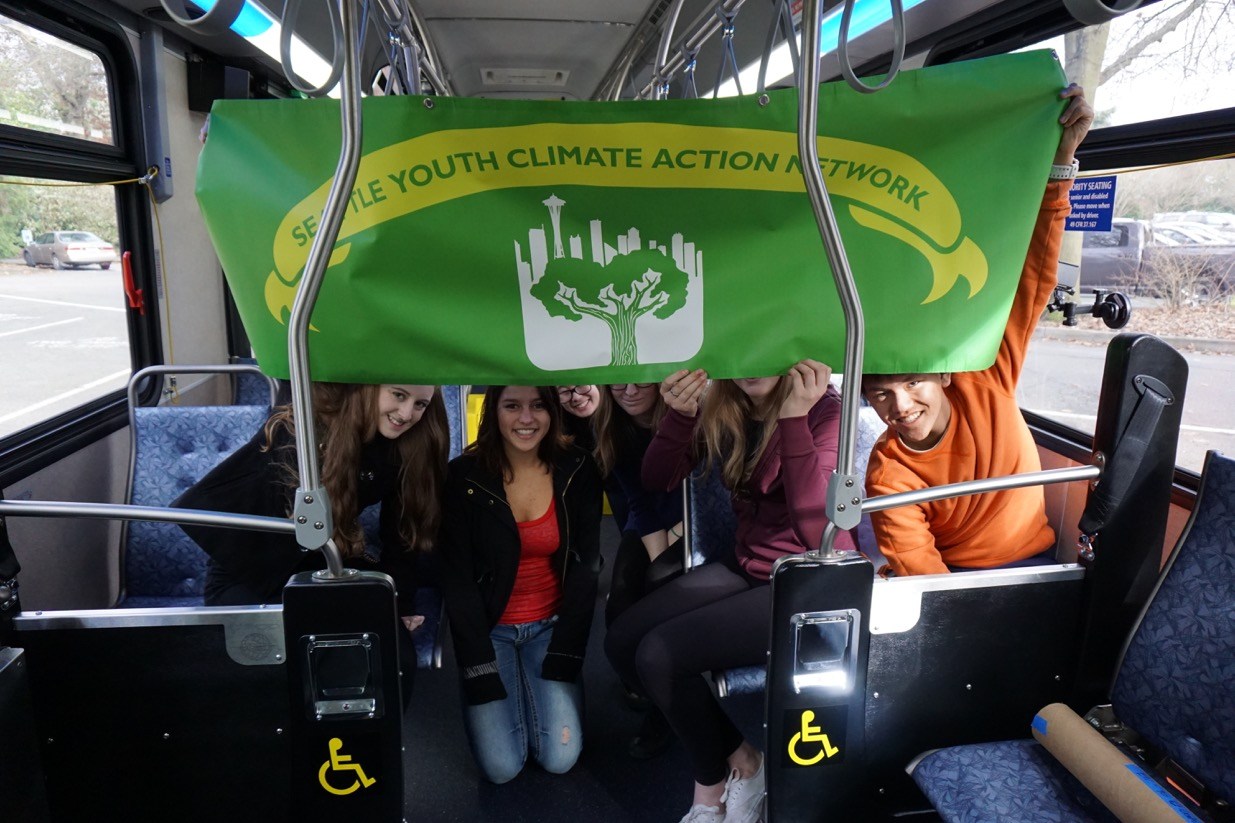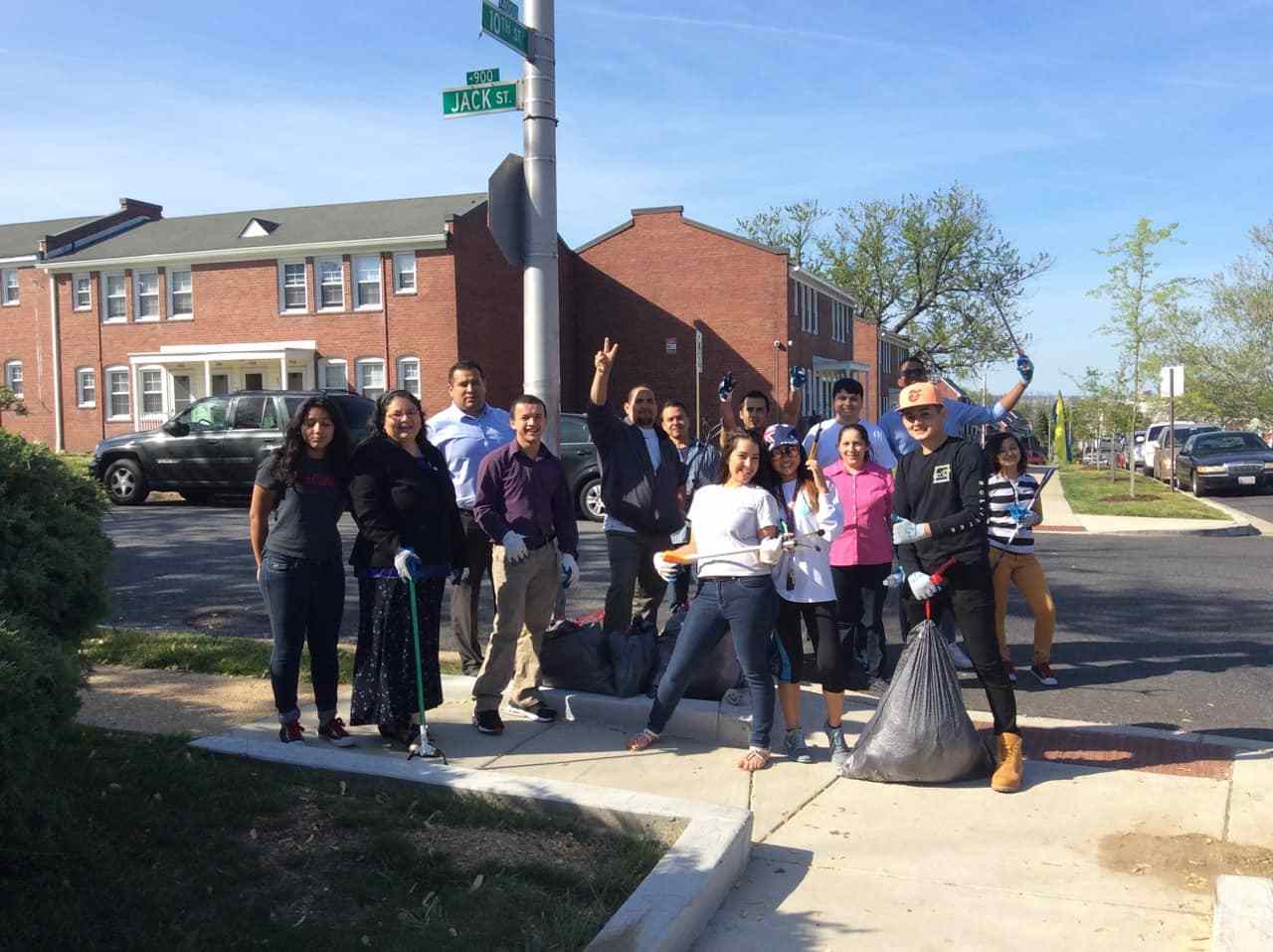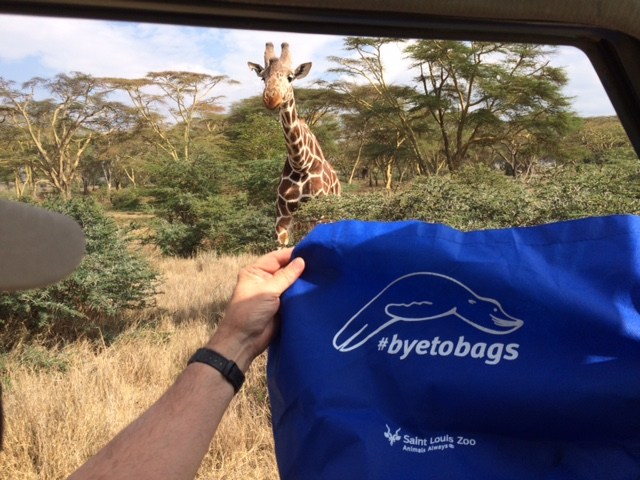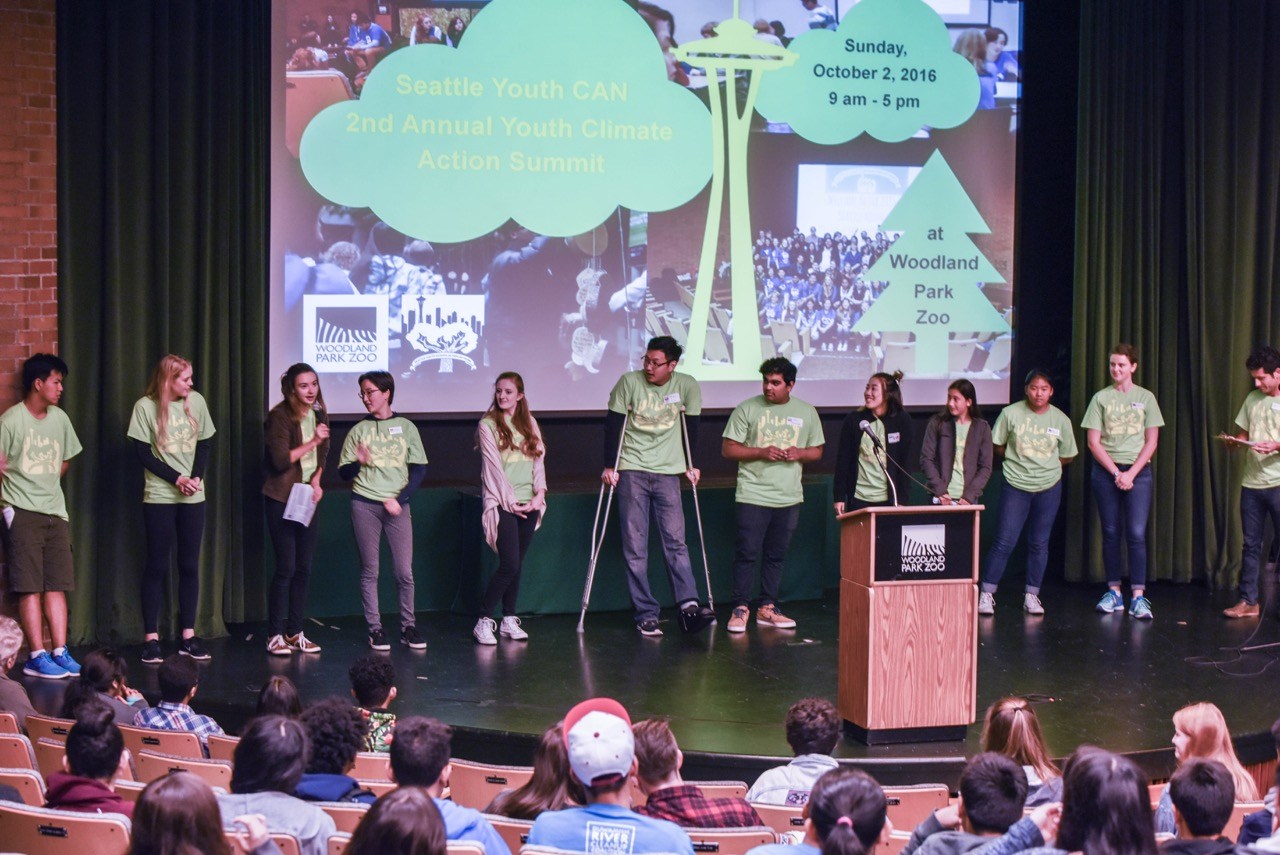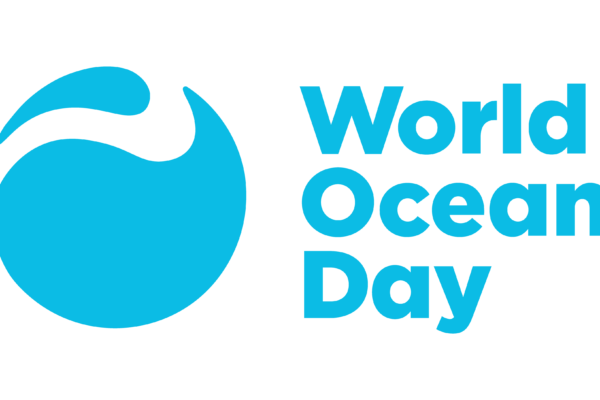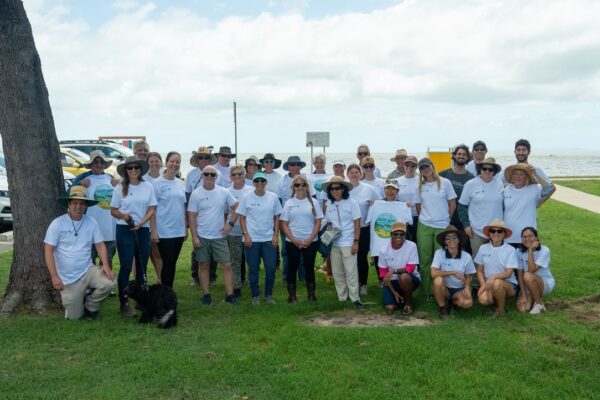Our grantees from year three have completed their projects and submitted their final reports, which are filled with tips and lessons for other aquariums and zoos that share their interest in engaging visitors and advancing conservation. Many thanks to NOAA for making these grants possible.
Per your request, we’ve compiled this summary of the top line takeaways. Links to their full reports with more detailed results, can be found below.
-
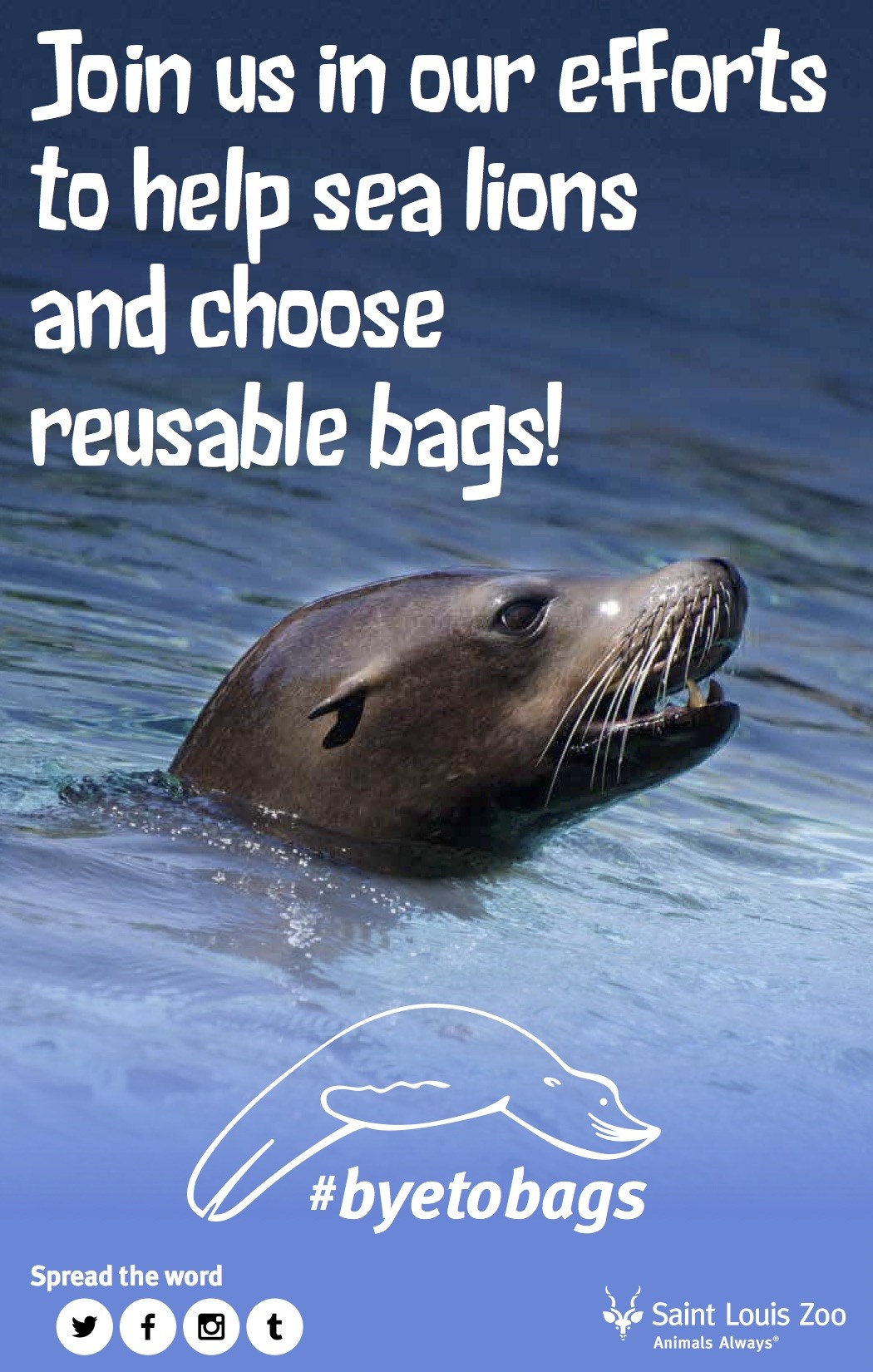 Help your audiences turn inspiration into action!
Help your audiences turn inspiration into action!In other words, don’t just tell visitors what you are doing, invite them into the effort and document their support!
- Kirinne Slaughter, who led efforts under the grant to the Saint Louis Zoo, wrote in her final report, “our results confirmed The Ocean Project’s finding that (visitors) do indeed expect, trust, and appreciate the advice that you have to offer them on how they could become part of the plastic pollution solution…not only were our guests willing to sign a pledge (90% of those asked did so) but some were willing to share that pledge and stay invested on social media”.
- This finding was echoed by Wei Ying Wong of The Philadelphia Zoo, who reported that, “in addition to pledging to take action (to reduce their home energy use), 54% of those who were asked to participate in the tracking study (agreed to) let us track their household energy usage!” In a powerful presentation about her project at the AZA Annual Conference, Wei Ying could be heard wondering aloud if we are aiming too low with our conservation asks – these results certainly seem to suggest that!
-
Empower youth to be conservation advocates.
Instead of approaching youth as an audience for you to engage, ask youth to help you engage others, then hang on for the ride!
- Based on the experience of the Arizona-Sonora Desert Museum, Debbie Colodner strongly encouraged others to, “engage the power of young professionals or university students to help make the case,” which, in their case, was that, “millennial customers care about where their (seafood) comes from”.
- Kirinne at St. Louis Zoo also found this to be true, noting that, “one of the most exciting and successful parts of our campaigns was allowing the teens to experiment with the delivery of the #byetobags.” Notably, the team learned a lot not only about engaging visitors onsite, but, if you check out their final report also through social media, along with some bonus findings about the impact their onsite efforts had on guest behavior at their own gift shop.
- Eli Weiss of the Woodland Park Zoo shared similar advice, adding from his two years under the grant that “empowering youth leaders to develop public, and especially peer-to-peer, conservation engagement efforts is highly recommended and can lead to exciting new engagement strategies!” With one notable caveat, “that when teen leaders are developing public engagement efforts, their enthusiasm and ideas need focus to ensure successful implementation.” If you are interested in learning about youth engagement, look no further than the final report submitted by Eli and his partners at the Seattle Aquarium and Pacific Science Center.
-
Look beyond the impact you can have on individuals and consider community partnerships, especially when thinking of success at scale.
- Eli of Woodland Park noted that one of the primary lessons from their second year was to, “take the time to develop relationships with other organizations who have an overlapping interest in reaching youth and advancing conservation rather than doing it alone,” adding that, “zoos and aquariums can play a critical role in developing networks of youth conservation leaders, and in this electronic age don’t underestimate the power of in-person gatherings.”
- Debbie from the Desert Museum noted the incredibly positive response their project had from local restaurants, and advised others to, “work with interested chefs/owners to partner on strategies to build the local sustainable seafood (effort)”. If you’re interested in advancing sustainable seafood, or events that advance conservation, the full story of their efforts with local youth and local restaurants can be found here.
- Gabrielle Roffe and Curtis Bennett of the National Aquarium, who used a “pillar approach” to develop a truly inspirational partnership with their local community, advised, “take the time to familiarize yourself with the community, in both the physical and social sense (and) remember that building trusting community relationships is a two-way street. You have to get to know the community but you also have to give the community time to get to know you… from there focus on opportunities to create mutually beneficial goals in order to create a collaborative effort.” For anyone interested in community engagement, their final post is a must read!
Our research tells us that when doing public engagement, start by giving your audience the solutions and then dive deeper into the details.
So, audience, if you’re now inspired to go deeper, here are all of the links to their reports!
Awarded $20,000 to engage university students in Tasting Sustainability, a community-based conservation initiative on the issue of seafood sustainability.
TAYR Youth Group at a debris cleanup at Masonville CoveNational Aquarium:
Awarded $25,000 for a project that engages the Hispanic community in a small Baltimore watershed on the issue of marine debris.
Awarded $15,000 to launch a project directed predominantly by teen volunteers on site and via social media with an emphasis on reducing the use of single-use plastic bags.
Awarded a second year of funding, at $30,000 to expand their leadership role with Seattle Youth Climate Action Network (CAN), an evolution of Woodland Park Zoo, Seattle Aquarium and Pacific Science Center youth programs.
- Initial post (Transition between years)
- Midterm post
- Final post

